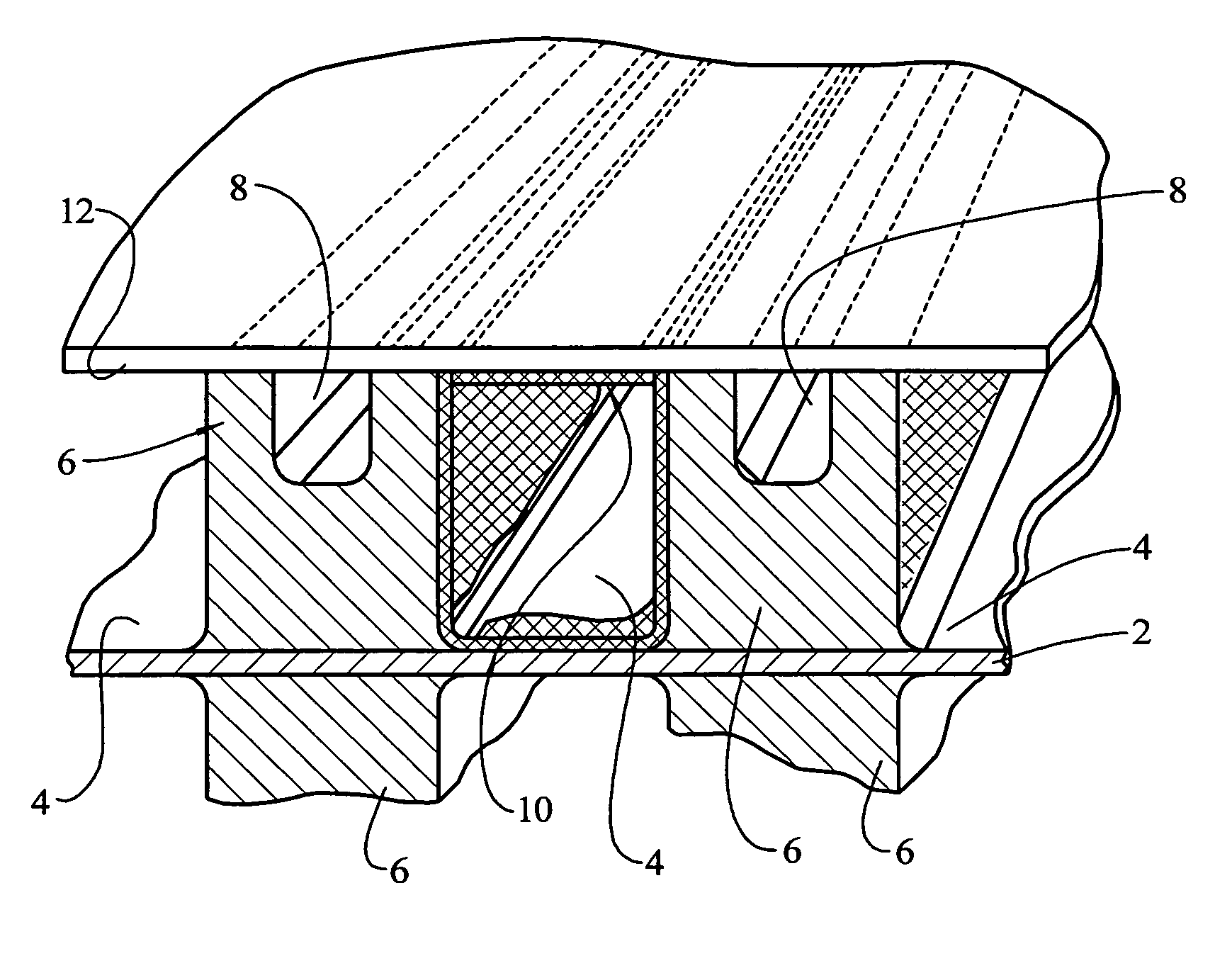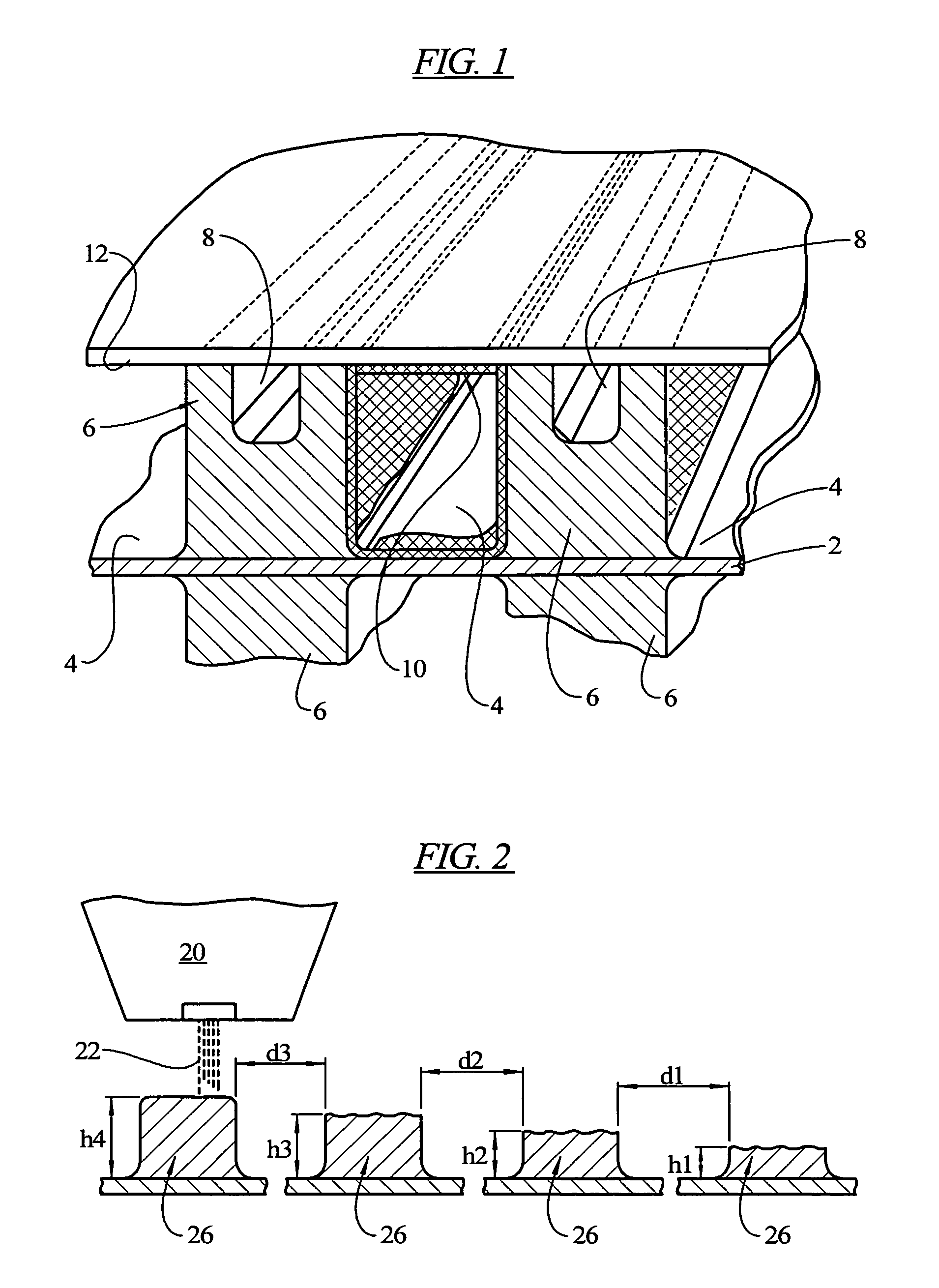Methods for manufacturing electrochemical cell parts comprising material deposition processes
a technology of electrochemical cell parts and deposition processes, which is applied in the direction of cell components, sustainable manufacturing/processing, physical/chemical process catalysts, etc., can solve the problems of high density, high cost, and difficulty in manufacturing cell parts
- Summary
- Abstract
- Description
- Claims
- Application Information
AI Technical Summary
Benefits of technology
Problems solved by technology
Method used
Image
Examples
Embodiment Construction
[0027] The present teachings provides new methods, apparatuses and materials to make parts of electrochemical cells, wherein all of the design features are created by depositing materials on a substrate per the design requirements of the desired electrochemical cell. The materials are applied by material deposition technologies such as those employed in the high-speed and specialty printing industries, e.g. ink jet, laser printing, dispersion printing or lithographic printing. For instance, material deposition apparatuses such as those used in the semiconductor industry can be employed. Example apparatuses include printers of the DMP-2800 (DIMATIX, Santa Clara, Calif.) series, a family of ink jet printing systems capable of depositing materials on a variety of rigid and flexible substrates such as plastic, metal and paper with printing feature sizes or line widths as small as 50 μm.
[0028] The deposition of materials can also be carried out via ultra-small orifice deposition apparat...
PUM
| Property | Measurement | Unit |
|---|---|---|
| composition | aaaaa | aaaaa |
| conductive | aaaaa | aaaaa |
| electrically | aaaaa | aaaaa |
Abstract
Description
Claims
Application Information
 Login to View More
Login to View More - R&D
- Intellectual Property
- Life Sciences
- Materials
- Tech Scout
- Unparalleled Data Quality
- Higher Quality Content
- 60% Fewer Hallucinations
Browse by: Latest US Patents, China's latest patents, Technical Efficacy Thesaurus, Application Domain, Technology Topic, Popular Technical Reports.
© 2025 PatSnap. All rights reserved.Legal|Privacy policy|Modern Slavery Act Transparency Statement|Sitemap|About US| Contact US: help@patsnap.com



